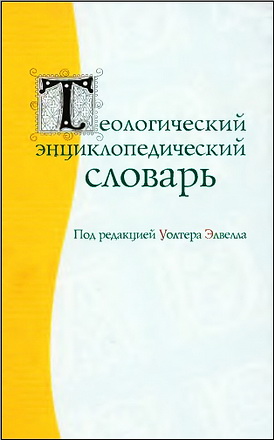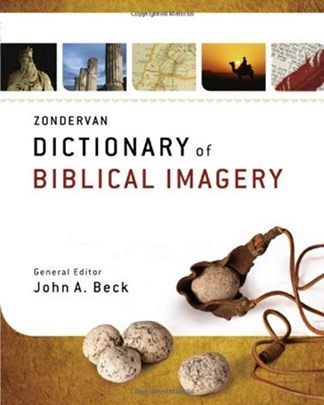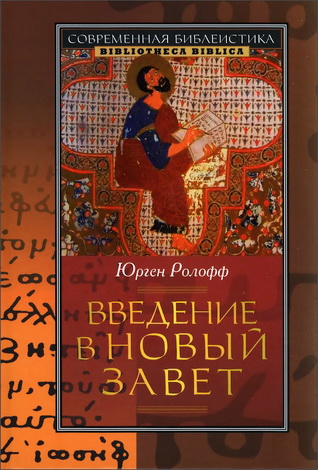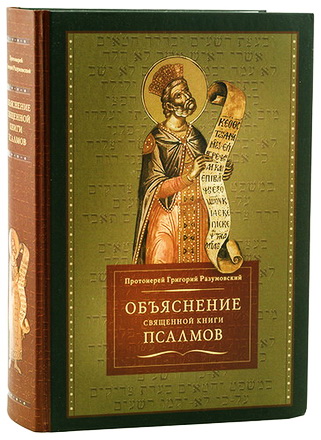
Beck - Zondervan Dictionary of Biblical Imagery
John A. Beck - Zondervan Dictionary of Biblical Imagery
Grand Rapids, MI: Zondervan, 2011. – 533 p.
ISBN 978-0-310-29285-2 (hardcover, printed)
EPub Edition © DECEMBER 2010 ISBN: 978-0-310-49225-2
Why should you take the time to learn more about the culture and land of the biblical world when you find yourself overwhelmed by the increasing complexity of your own world? The answer is simple: doing so will revolutionize what you see when reading your Bible.
As the Holy Spirit led the inspired authors of the Bible to write, he also led them to fill the pages of the Bible with vibrant images drawn from the culture, natural history, and landscape around them. Using such vivid imagery as looms, donkeys, water cisterns, grapes, sackcloth, and shepherds makes what they say both more beautiful and more memorable. These images stimulate our imagination, animate our interest, and make the abstract clearer. In short, the biblical authors used the reality around them to enhance the rhetorical impact of what they wrote.
Unfortunately, the full impact of this imagery can be lost on modern readers. Just as the ancients knew nothing of iPhones and airplanes, modern readers are likely to know next to nothing about threshing sledges and desert locusts. What is more, we are in the dark about the connotations that attend such cultural images. What did a threshing floor look like, and how did it function? What habits of the fox distinguished it from other predators? What is it like at the Dead Sea or in the Jezreel Valley? The biblical authors knew the answers to such questions, and they presumed their readers did as well. To the degree that we have lost touch with the culture, natural history, and landscape of Bible times, we will miss some of what God wishes to share with us in his Word.
This dictionary attempts to fill that gap in our understanding. Each entry focuses on a particular biblical image, starting with the reality that lies behind the word. Appearance, distinctive characteristics, and cultural use are addressed, using clear descriptions, photographs, and maps. Each entry also investigates the cultural connotations linked to the image, recognizing that a particular image may arouse an emotional response from one who sees it or hears it mentioned. At times the connotation of a familiar image may solicit exactly the opposite response from us that it did from the ancients. For example, dogs, which are likely to stimulate very positive feelings in us, generated very negative feelings in ancient Israel. Once both the reality of an image and its connotations are presented, the entry then surveys the use of that image in the Bible to illustrate how it is put to work by the divine wordsmith.
As you take time to learn about ancient culture, your Bible reading will radically change. You will know why God’s people kept goats and why the goat became the symbol of the lost. You will know why Jesus called Herod a fox and how the Mount of Olives contributed to Jesus’ struggle in prayer. You will know why people mixed salt with manure and appreciate why Jesus called for us to become the salt of the earth. expect new insights each time you turn the page in this book — insights that will forever change the way you interact with the pages of your Bible.
* * *
Gazelle
The gazelle is a member of the antelope family and a native of the Promised Land. When the Bible mentions the gazelle, its authors are likely referring either to the mountain gazelle or the dorcas gazelle. Both are very similar in appearance but differ in their habitat preference. The gazelle is a small mammal just over three feet in length, standing two and a half feet at the shoulder, and weighing thirty-five to seventy-five pounds. The mountain gazelle is generally brown with a dark, narrow flank band that separates its brown sides from its white underbelly. The large, dark eyes of the gazelle look even larger because of the white band that frames its eyes and extends to its nose. The dorcas gazelle differs from its cousin by having a lighter upper coat of sandy red tones. The male and female of both species have horns, although the horns of the male, which grow up to twelve inches in length, are two to three times longer than those of the female. In either case the horns initially curve outward and then gently inward, so that when viewed from the front, the horns form a heart shape that is open at the top.
The difference in color between the mountain gazelle and the dorcas gazelle signals different habitat preferences for these two species. The mountain gazelle is found more frequently in the northern portions of Israel where it roams the hills, grasslands, and lightly wooded fields in search of the greenery that is its steady diet. In contrast the lighter-toned dorcas gazelle prefers the drier landscapes of the Negev where it goes in search of small patches of grass and the leaves of the acacia tree.
The gazelle has two distinguishing qualities — beauty and speed. When we look closely at the features of this animal, we can appreciate why ancient Near Eastern poets celebrated the beauty of this animal. It has big dark eyes, a long neck, and slender legs, all of which combine to give it a most pleasing appearance. It may well be the most beautiful animal of the biblical world. This beauty is coupled with remarkable speed. The gazelle favors the company of its herd where many watchful eyes and listening ears identify the presence of predators long before they become a threat. But if danger comes too close, the herd breaks into a darting array of brown streaks, an inbred strategy designed to confuse the predator, which often pauses, not knowing which animal to pursue. As the predator pauses, the gazelles turn on their afterburners. When gazelles are serious about accelerating away from trouble, they can quickly reach fifty miles per hour, a speed they can sustain for about one hundred yards.
In the six places the Bible mentions a literal gazelle, it always associates this animal with food. In the dietary laws listed in Deuteronomy, we find that the gazelle is repeatedly listed as an example of a clean animal the Israelites could eat without reservation (Deut. 12:15, 22; 14:5; 15:22). The only other place the gazelle is literally mentioned is on a list of animals required to feed those in Solomon’s employ when he was king of Israel (1 Kings 4:23).
When the biblical authors use the gazelle in a figure of speech, it is the animal’s speed and beauty that come to the foreground. Although no mortal was literally as fast as the gazelle, those who were fleet of foot could be compared to this animal. The Gadites, who had joined David during that difficult period in his life when he was relentlessly pursued by Saul, are said to be “as swift as gazelles in the mountains” (1 Chron. 12:8). However, this highly desirable quality did not work out so well for Asahel. After Saul had died, his army, led by Abner, lived on to fight another day. When Joab and the army of David bested Abner in combat, Joab’s brother went in relentless pursuit of the fleeing Abner. Asahel was fast, “as fleet-footed as a wild gazelle” (2 Sam. 2:18), but his speed only put him in harm’s way more quickly. The youthful Asahel died when he caught up with the more experienced warrior Abner. This speed burst is also in view as the inspired poet of Proverbs speaks about getting out of an unfortunate agreement one might have struck with a neighbor. In this circumstance the poet encourages the humble pressing of one’s case that will culminate in freeing “yourself, like a gazelle from the hand of the hunter” (Prov. 6:5). And in his judgment speech against Babylon, Isaiah declares that Babylon would flee like a frightened gazelle from the lands they had conquered (Isa. 13:14).
Seven of the sixteen instances where a gazelle is mentioned in the Bible occur in the Song of Songs. In two instances the gazelles are called to be witnesses of what is being said (Song 2:7; 3:5). It is possible that the oversized eyes and ears of the gazelle are in view, making this animal an apt witness of what is done and said. In two other instances the adorable fawns of the gazelle are mentioned as the lover describes the immature but beautiful breasts of his beloved: “Your two breasts are like two fawns, like twin fawns of the gazelle that browse among the lilies” (4:5; cf. 7:3). And on three occasions the young woman likens her beloved to a gazelle (2:9, 17; 8:14). Here the athleticism and strength of the male love interest in this poem make him comparable to the gazelle, which sports those same qualities.





Комментарии
Пока нет комментариев. Будьте первым!